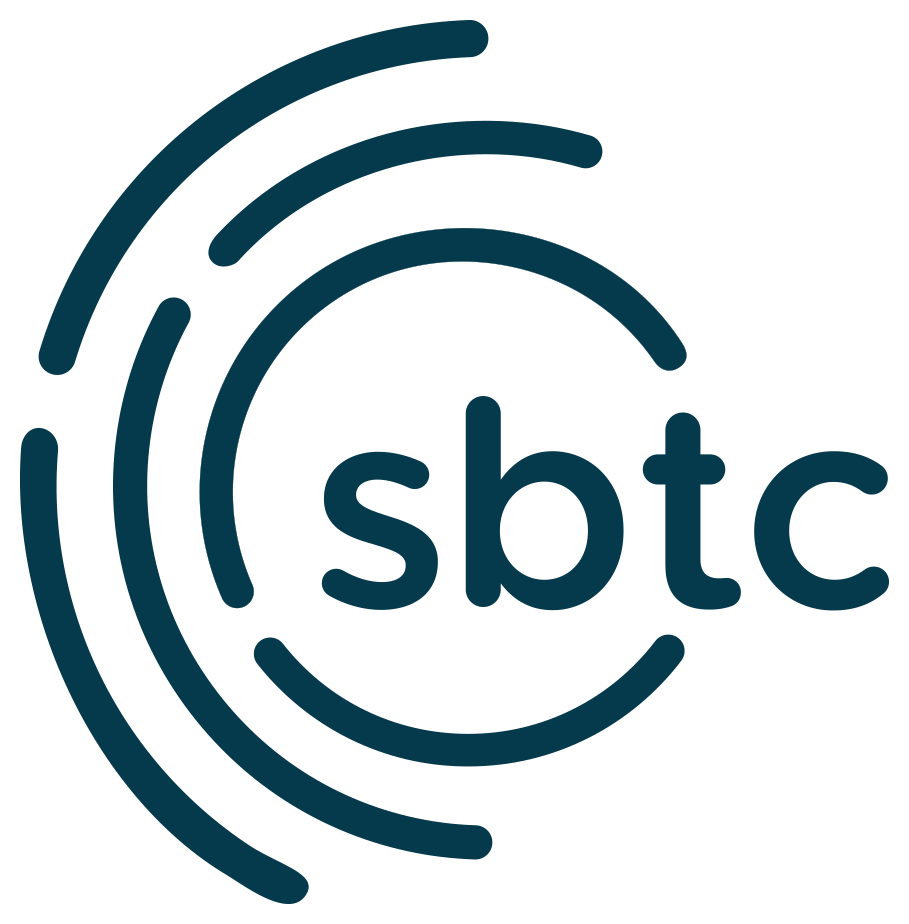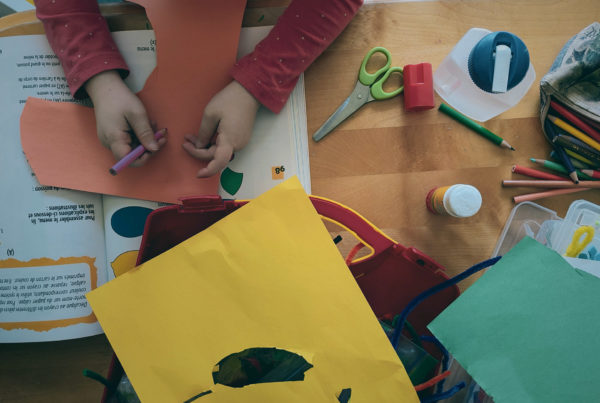Emerging from various ideations of the Texas Governor’s Stay at Home orders for Texas, churches will look different depending on the location and membership for each church. Soon after the initial stay-at- home orders were issued, Karen Kennemur, the Southern Baptists of Texas Convention’s Children’s Ministry Associate, began hosting a weekly Zoom meeting with preschool and children’s leaders from across Texas. Each week they discussed plans and best practices for churches to regather in their preschool and children’s spaces while both adhering to CDC and the Texas Governor’s guidelines and following practices that provide an environment where leaders, parents, and children can trust as safe and healthy for their families. Ministers from other states quickly joined in, and the online meetings have grown to over 150 participants.
Since preschool and children’s practices and spaces are not uniform across Texas, we encourage preschool and children’s ministers to use this grouping of ideas as a guide for key areas to consider for your church’s needs. We will update the list as new health and governmental guidelines are advised as often as possible. The welfare of preschoolers and children is our first priority while offering gospel-centered opportunities.
View the latest information from the CDC and the most recent updates from the State of Texas.
Watch the recordings from all of the preschool and children’s ministry Zoom meetings on the SBTC website.
Neither space nor our limited understanding of COVID-19 permit every possible circumstance or underlying heath issue to be addressed. Please consult your local leaders and health professionals in order to enact some of the changes that will be necessary for regathering with your church family. The following practices are recommended for your consideration and come from a combination of the Preschool and Children’s Zoom meetings as well as consultation with Bill Emeott and Melinda Scurlock from Houston’s First and D’Ann Laywell and Caren Crow from North Richland Hills Baptist Church.
Communication
- Parents and volunteers are vital to the success of any and all policies and procedures regarding their children and students, and communication with them is essential.
- When updating, changing, and implementing new policies and practices, communicate the “why” for these changes. Volunteers and parents are more apt to follow procedures when they understand the reasoning behind them.
- People are being bombarded these days with updating and changing information, so communicate clearly across your various platforms and consider making one electronic document available to parents and one to teachers that highlights what you need them to know and allow them to save it on their devices easily for future reference.
- If you send updates, be sure to highlight new information.
Advance Notice
- Information should be given well in advance of opening so parents and congregants know what to expect. This should be done via mailed letter to parents, website, social media, and signs visible in and around the preschool and children’s areas. Include healthy practices for parents to review with their children such as sneezing into crook of arm, the importance of handwashing and whatever your county’s social distancing guidelines involve.
- Inform parents and guardians if the preschool or children’s minister determines a child does not meet the entry criteria, the child will not be admitted at that time in order to best ensure the health of all children and adults.
Post Policies
- Advertise and post hygiene policies/COVID precautions for families to read, know, and understand near your check in-station/area since you may limit the number of people accompanying children to the ministry space or classroom.
Check-in and Drop-off Procedures
- Please evaluate your church’s space to decide how best to implement the following concepts.
Arrival
- As parents and guardians arrive, entrance signage should be clearly posted to help parents form lines and maintain social distancing practices.
Consider taped or marked areas on the floor 6+ feet apart for clarity.
Post examples on the floor and on the walls of what 6 feet looks like. This helps parents, volunteers, and children.
Hand Sanitizer Stations
- Place hand sanitizing stations throughout the building.
Face Masks
- Follow your county’s recommendations for wearing masks. If advised, masks should be worn by adult workers who must be within 6 feet of a child. Children should be encouraged to wear face protection, but not required unless it is a county order.
- Be prepared with extra masks on hand for those who do not have one upon entry into your facility. Masks are not recommended for children under 3 years of age.
Check-in
- Check-in stations will help with social distancing if this is possible in your space. Volunteers should monitor the stations/check-in places. If check-in stations or areas are not available think through how to separate families as they arrive. One way of separating families is checking-in prior to their arrival by creating/using a mobile check-in system.
Health Screening
- Screen children before they enter your ministry space. You may ask questions verbally or provide pre-registration forms on the church’s website.\
- Screening questions include:
- Has your child exhibited any symptoms of COVID-19?
- Fever?
- Chest Congestion?
- Difficulty Breathing?
- Has your child been exposed to anyone who has been diagnosed with COVID-19 within the last 14 days?
- Has your child traveled outside Texas over the past 14 days?
- Is your child able to self-regulate (follow rules/policies/procedures) as related to COVID-19?
- Has your child exhibited any symptoms of COVID-19?
- Check the temperature of any child and adult who will be entering your ministry space and continue to visually check for illness such as flushed cheeks, runny nose, etc. Care for all children following your normal protocol to protect other children in the classroom from becoming sick.
- If your church is already near capacity and you do not anticipate having space for everyone following the social distancing guidelines, you may want to consider pre-registration.
- If pre-registration is required or preferred, use the same screening questions above and ask parents/guardians to pre-register children no earlier than 24 hours prior to the event. Set up registration areas for those preregistered to receive security stickers/labels and personalized supplies.
- Consider leaving a few spaces for visitors, who may not pre-register.
- Notify parents as soon as possible if there is no room for their children. This is a foreign idea for our churches and families so please communicate with parents this is only temporary.
Backpacks and Diaper Bags
- Avoid allowing backpacks or diaper bags into classrooms. Instead request or provide clear ziplock bags for children’s supplies.
- Ask parents to clearly label their child’s ziplock bag and its contents. These bags should be wiped clean when dropped off in the classroom.
- Some church leaders are considering providing a tote for each child in the class. The parent would simply remove needed items from their diaper bag and place in the tote for use during class time.
One Guardian
- Allow only one parent/guardian to accompany a child to the ministry area at drop-off and pick-up. Limit the number of adults in hallways to maintain social distancing and reduce interaction with other adults.
- If possible, provide a one-way path to exit.
- Both Pick-Up and Drop-Off should adhere to the social distancing standard of 6 feet apart.
Facilities and Cleaning
- As you plan for re-gathering, think through your church’s facilities. Consider needed temporary or permanent changes and adaptations to your current space.
View the CDC cleaning guidelines.
Classrooms and Bathrooms
- All classrooms and bathrooms should undergo a deep cleaning before and after usage. All porous items should be removed and not returned to the room.
Carpets and Rugs
- Area rugs may need to be taken out of classrooms or thoroughly cleaned before and after each ministry session.
Elevator
- Elevators need monitoring by only allowing one family at a time on the elevators (Consider recruiting an elevator attendant for each floor.)
Water Fountains
- Water fountains should not be used either inside or outside ministry areas. These should be clearly marked for notification.
Classroom supplies/Equipment
- Clean and disinfect counters, doorknobs, half door shelves, tables, chairs, common areas prior to the gathering of preschoolers and children.
- Do not allow children to share pencils, crayons, paint brushes, or other supplies. Consider individual sets of supplies for children. Clean between uses.
Classroom Practices
- Explain all guidelines to children and preschoolers at the beginning of each class to reinforce or supplement any instructions they received from their parents.
Post Guidelines
- Every classroom needs a poster of Hand Washing Instructions and Symptoms of COVID-19.
Masks
- Provide extra masks in the classrooms for any that become damaged or soiled.
- Masks for children under three are considered choking hazards.
Supplies
- If possible, order more than the usual amount of cleaning and protection supplies, such as wipes, gloves, labels or masking tape, trash bags, cleaning supplies, extra clothes and diapers, etc.
Playgrounds
- Playgrounds should not be used since social distancing and sanitizing such large areas is too hard to control.
Room capacity
- Room capacity should be determined based on the 6’ distancing criteria (36 square feet per person in the room). The fewer the number of children in each room, the easier it is to maintain guidelines for preventing the spread of germs. Social distancing children is difficult and best measures should be in place.
- For example, activities that keep children separate, sitting apart at tables, giving each child his/her own plastic container of toys to play with and then exchanging used containers with a new disinfected container.
- During the time of social distancing and re-gathering, it is best to not allow children to share toys.
Adjust Schedules
- Re-schedule the use of facilities (meeting times) in order to ensure thorough cleaning between gatherings.
Signage
- Post “One-Way” signage throughout the hallways to reduce hall congestion and unnecessary human contact.
Open Doors
- When possible for elementary and older preschool classrooms, leave doors open to reduce handling doorknobs.
Bibles
- Encourage boys and girls to bring their own Bibles to class and wipe down any classroom Bibles following each teaching session.
Take home materials
- Temporarily suspend the practice of sending home any student pages/worksheets.
Restrooms
- Monitor traffic to and from restrooms. Limit the number of people allowed in restrooms. Hands should be washed/sanitized upon returning to the classroom.
Isolation Room
- An isolation room is available in case of illness: A child who becomes ill should be taken to a separate room to remain until a guardian arrives.
- After the child leaves the room, steps are taken to disinfect any area the sick child has touched.
- The isolation room should be disinfected upon sick child’s departure.
Snacks
- No snacks should be offered even if the parent provides the snack.
Games
- Avoid games and activities that require students to break your social distancing guidelines.
Preschool Classroom Specifics
- Due to preschoolers’ inability to self-regulate compared to other age groups, as church re-opens or re-gathers, the Preschool Ministry should be one of the last ministries to open.
- Continue to follow your rigorous cleaning, handwashing, diaper changing, and feeding protocols and consider the following enhancements. (For reminders or additional guidelines, consult the Texas Minimum Standards for child care facilities (PDF).)
Handwashing
- All adults and children, including babies, should wash hands immediately upon entry to the classroom.
- Hands of both adults and babies/children should be rewashed before and after diaper changing or assistance in the bathroom.
- As well, there should be periodic handwashing throughout the gathering time. Anytime a child leaves a room there should be handwashing prior to departure.
- Hands should also be washed before and after handling an infant’s bottle.
- Sanitizers quickly reduce the number of germs on hands in many situations, however, it is better to use soap and water when possible.
Protective Gear
- Teachers should wear gloves when changing diapers or assisting older toddlers and preschoolers in the restroom.
- Shoe covers should be worn in infant and younger preschooler rooms.
- Oversized, button-down shirts or medical grade paper gowns should be worn over clothes for teachers and staff in infant rooms (each worker would need to have several available during a session in case their gear gets soiled).
- Some churches may consider additional measures during feeding times such as extra masks or face shields.
Cleaning
- Toys, counters, door knobs, half door shelves, tables, chairs, diaper changing areas should be cleaned and disinfected regularly prior to entry.
- If Bye-bye buggies or soft play structures are used throughout the morning, they need to be cleaned and disinfected between uses.
- There should be a written record of each cleaning indicating date, time and individual who performed the cleaning.
Children’s Classrom Specifics: Handwashing
- All adults and children should wash hands immediately upon entry to the ministry area or classroom.
- Adults and children should rewash their hands before and after any visits to the bathroom.
- As well, there should be periodic handwashing throughout the ministry time.
- Children and adults should their wash hands prior departure.
- Sanitizers quickly reduce the number of germs on hands in many situations, however, it is better to use soap and water when possible.
- Anyone who is not able to self-regulate or becomes symptomatic during the session should be isolated immediately, a parent called, and asked to leave the facility as soon as possible.
Leaders and Training Practices
- Adult leaders and classroom helpers should be screened to ensure they are not at risk nor would put children at risk. This would be done initially and each ministry time upon entry.
- You may find that you will need additional volunteers in the early stages of regathering and/or you may need to temporarily reduce the on-campus ministry options you provided pre-COVID-19.
Retraining
- Re-training is vital during this time. Demonstrate best practices, use video trainings, hold online meetings for teaching new protocols and procedures.
- Remind teachers and volunteers of the importance of following all guidelines and policies.
- If a church has a licensed childcare center/preschool or after-school program, preschool and children’s ministers should work together to train all employees and volunteers with best practices for health safety.
Thank you!
- Make sure to say thank you as often as possible to your volunteers and parents for their cooperation and understanding during this time of change and transition.
If you have additional resources you would like to share or if you need help with any of the details of these practices, please contact Karen Kennemur at kkennemur@sbtexas.com. We are praying for you and look forward to supporting you during this time and in the future in any way that we can!
Additional Resources for Further Consideration
Here are some links to additional resources that many of our Texas preschool and children’s ministers have found to be helpful during this time of change and transition.
Resources:
- Lifeway Research COVID19 Congregational Survey
- 24 Questions Your Church Should Answer Before People Return
- LifeWay
- CDC Symptoms
- Regulations for pandemics and childcare
- CDC Cleaning guidelines
- Guidelines for Opening Up America
- Minimum Standards
- Parent Resources
- SBTC Video Conferences
- Stephanie Chase’s podcasts for parents of toddlers/2s:







